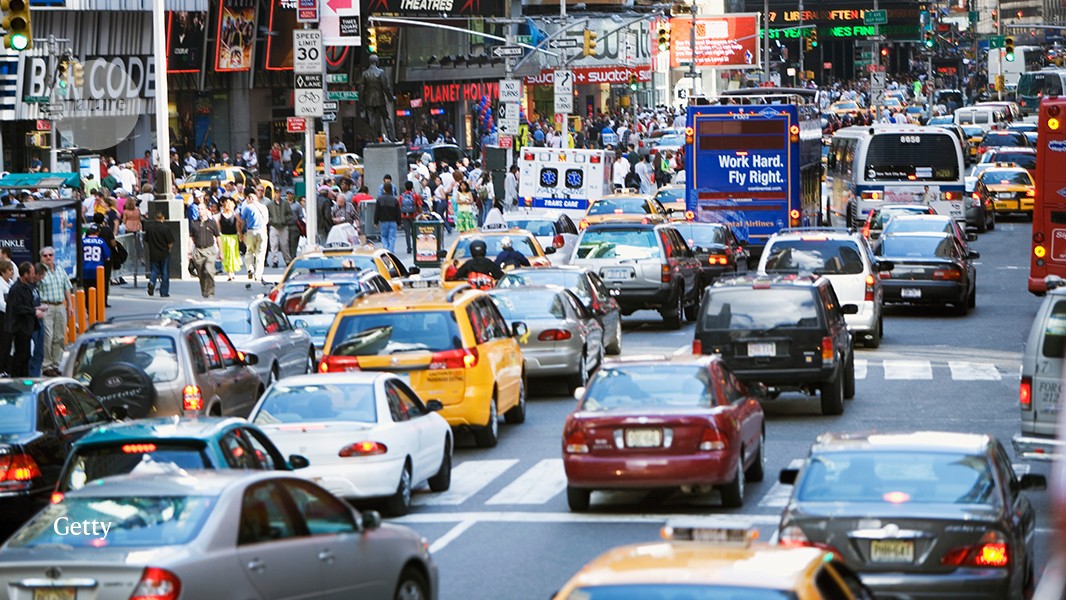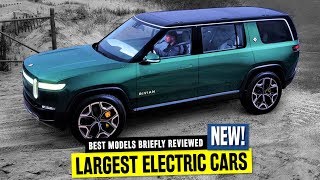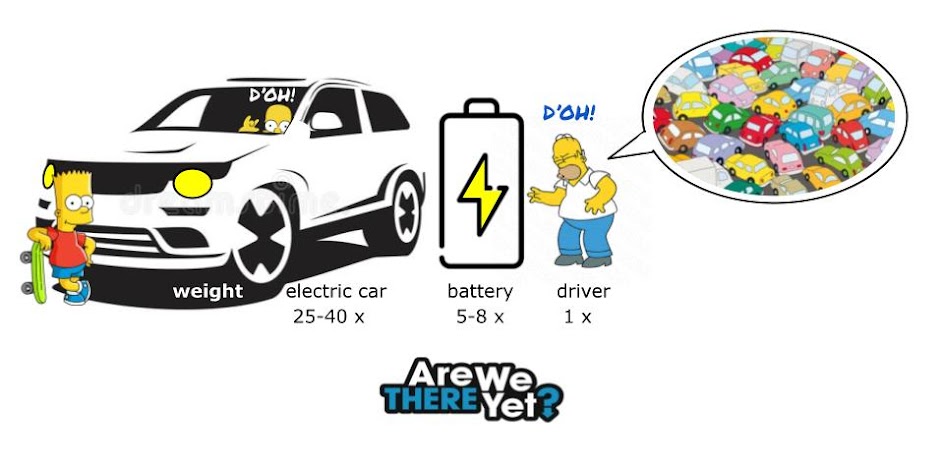"Electrifying vehicles adds yet more weight. Combustible, energy-dense petroleum is replaced by bulky batteries.
And the rest of the vehicle must get heavier to provide the necessary structural support.
The electric F-150 weighs 700 kg more than its petrol-powered predecessor."
Now I know that for instance a Tesla Model 3 is sort of a lightweight among EVs... But still.
Especially the whole truck/SUV trend in combination with batteries aren't exactly conducive to solving issues.

 www.nature.com
www.nature.com

And the rest of the vehicle must get heavier to provide the necessary structural support.
The electric F-150 weighs 700 kg more than its petrol-powered predecessor."
Now I know that for instance a Tesla Model 3 is sort of a lightweight among EVs... But still.
Especially the whole truck/SUV trend in combination with batteries aren't exactly conducive to solving issues.

Make electric vehicles lighter to maximize climate and safety benefits
Tax heavy cars and shrink batteries to consolidate the gains from electrifying transport.

Last edited:




